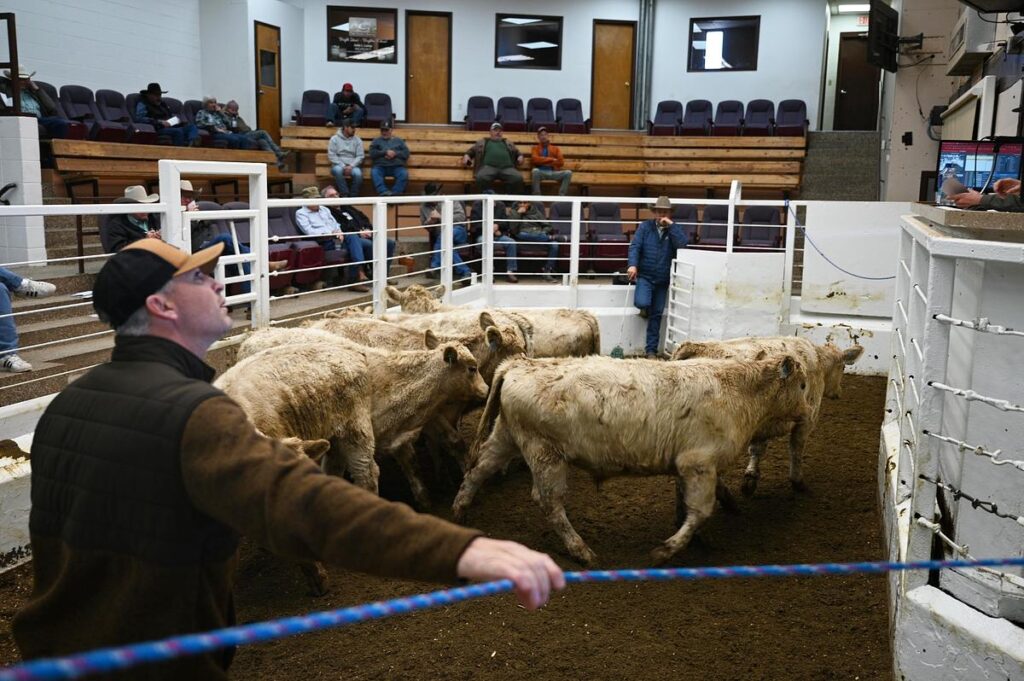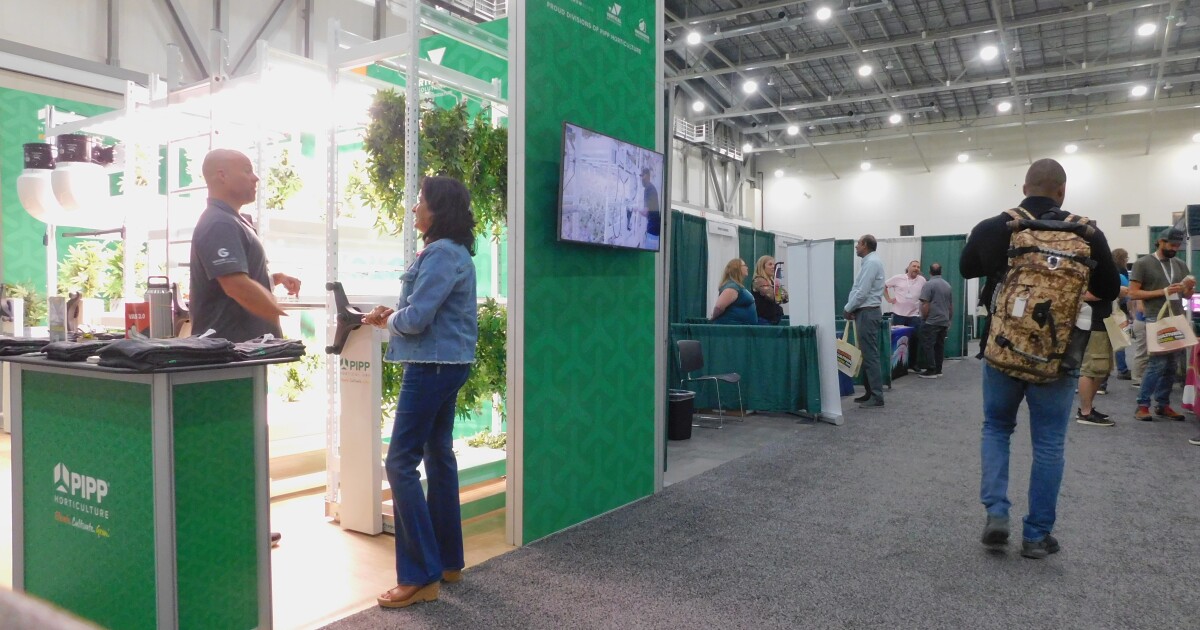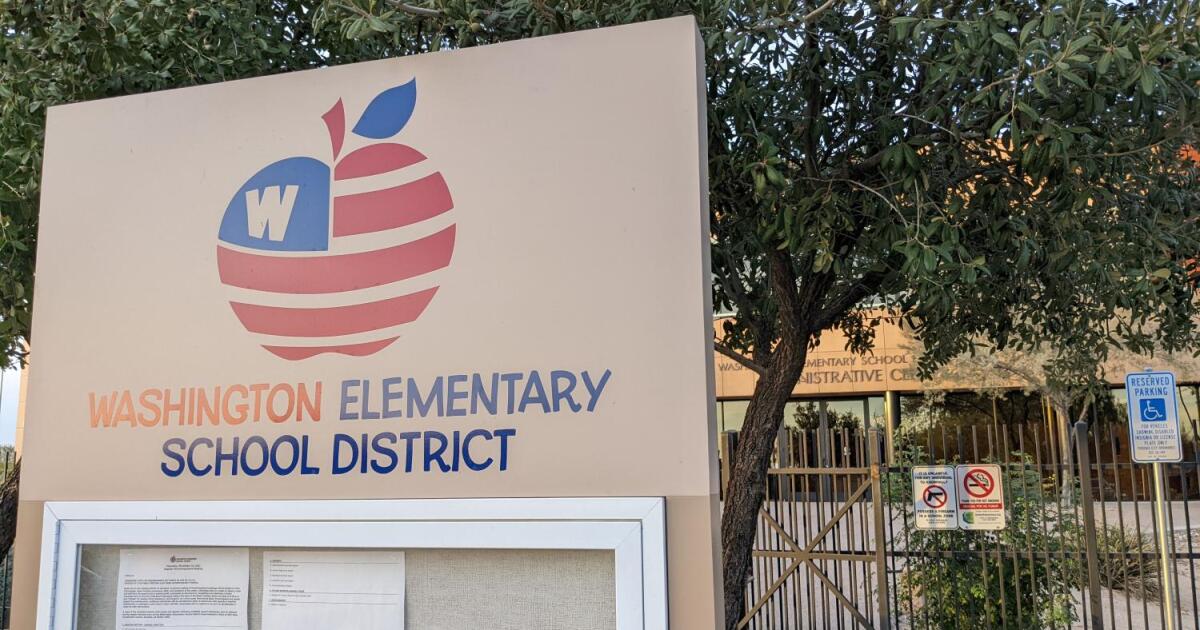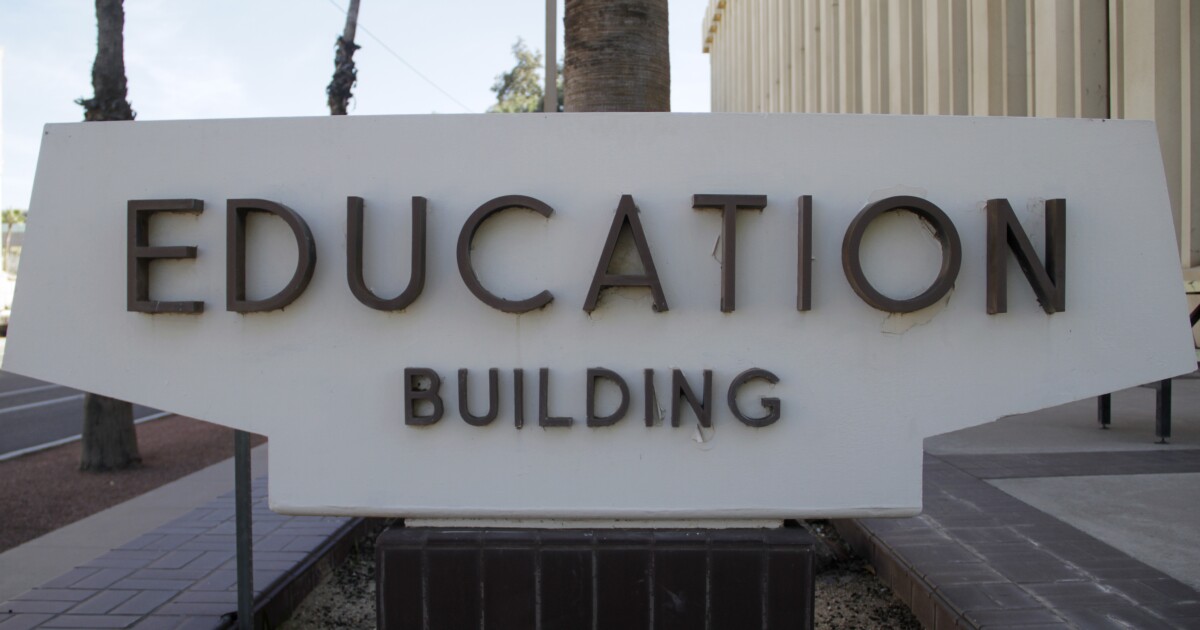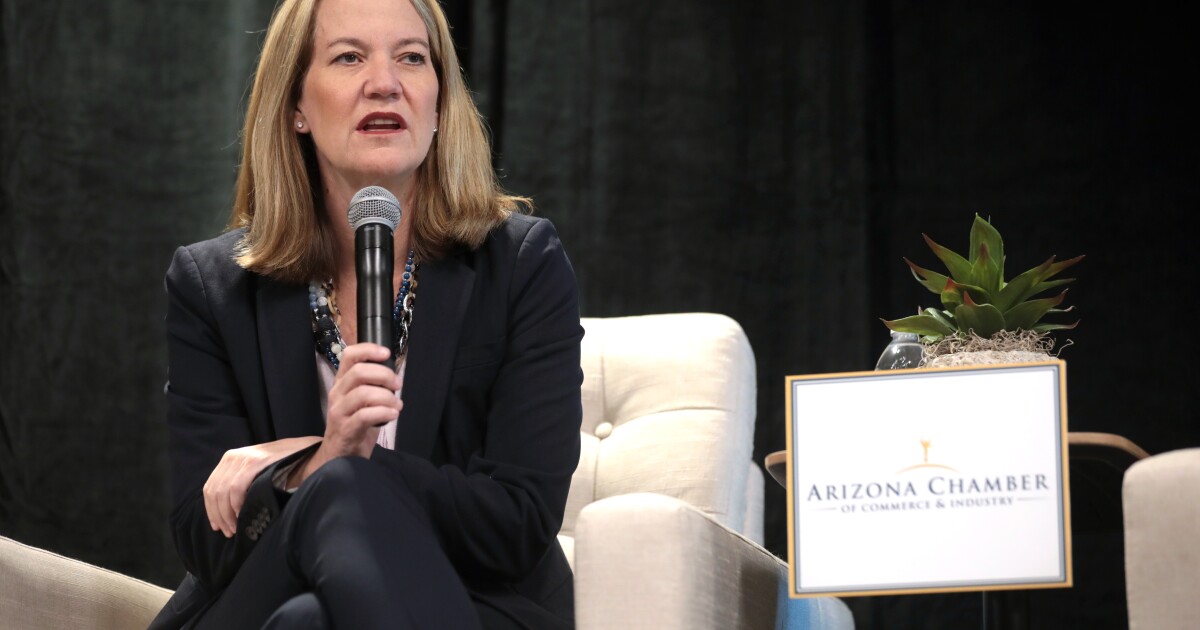BILLINGS — In the early hours at a sprawling 23-acre site on the eastern edge of Billings by Interstate 90, cattle from all over Montana and northern Wyoming breathe visible clouds into the crisp morning air. By 8 a.m. on October 30, the operations are already in full swing at the Billings Livestock Commission. As auction workers get ready, they don chaps and rugged Carhartt jackets, finish their coffee, and head out to begin their day.
Approximately 300 ranchers and their 4,300 cattle will navigate through a labyrinth of pens to reach the auction house. There, livestock are examined closely by potential buyers on the auction floor. Throughout the 12-hour event, these animals will be sold through a lively bidding process, marked by the fast-paced patter of auctioneers.
This Billings location, along with another owned by the same family, moves more cattle annually than any other facility in Montana. As reported by the U.S. Department of Agriculture, this facility plays a crucial role in connecting local ranchers with distant feedlots, where cattle are fattened for several months before slaughter.
Recent auction prices have surged, reaching over $4 per pound—an unprecedented high in decades. Joe Goggins, whose family owns the Billings Livestock Commission, notes that feeder and replacement cattle prices have more than doubled since 2021, driven by declining cattle numbers and increased maintenance costs.
Eric Belasco from Montana State University attributes these price hikes to factors like rising costs for maintaining herds and drought-impacted hay prices. Since 1973, the U.S. cattle population has dwindled, matching levels from 1960. In Montana alone, the cattle count has dropped by roughly 250,000 in the past five years.
Clint Johannes, a rancher near Worden, describes the slim profit margins despite higher sale prices at auction. His strategy involves early calving and selling in late October, when his cattle are heavier and market conditions are less competitive. He emphasizes the importance of maintaining healthy, robust cattle through vaccination, ensuring they command higher prices.
The auction is a pivotal event where ranchers like Johannes earn their annual income in a single day known as “shipping day.” Buyers, mainly representing feedlots, participate in a high-paced bidding environment. The significance of this day extends beyond financial gain, embodying a sense of accomplishment and pride for the ranchers who have diligently prepared their cattle for market.
—
Read More Montana News

